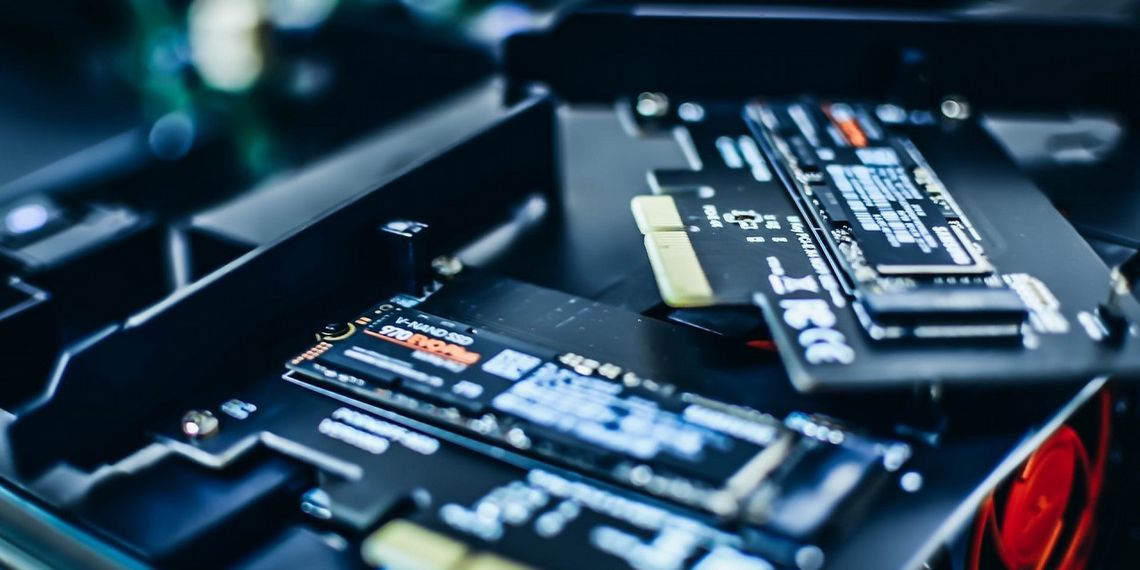Next-gen SSDs May Require Active Cooling
SSDs are getting faster with each generation. However, as performance increases, so does the amount of heat they emit, which may necessitate the use of active cooling.

SSD drives have become an integral part of our PCs, without which most people can not imagine working with a computer. The technology is advancing, the writing speed is increasing and so are the amounts of heat generated and power requirements.
It's getting hot in here
Sebastien Jean, technical director at Phison, a company that designs and manufactures controllers for NAND flash chips, commented on The future of PCie 5.0.
He notes that each GB/s that the drive offers requires about one watt of power. As speeds increase with each successive generation, thermal management becomes more challenging.
"We're trying to stick within roughly the same power envelope as a 7 GB/s SSD as we scale up to 14 GB/s by making a lot of other changes," Jean explains
One way around this growing problem may be to limit the number of NAND channels used by a Solid State Drives. In practice, Jean says, we'd no longer need eight NAND channels to meet PCie Gen4 or even Gen5 requirements. Potentially, four NAND channels will suffice. Fewer channels should reduce power requirements by 20-30%.
Another idea is to use a smaller technological process. It could be going down from 16nm to 7nm. This would make the process nodes run at a higher frequency at a lower voltage.
Nevertheless, Sebastien Jean announces that with Gen5 SSDs, even active cooling cannot be ruled out.
More:SSD Will be a Must for Final Fantasy XVI on PC, Says Naoki Yoshida